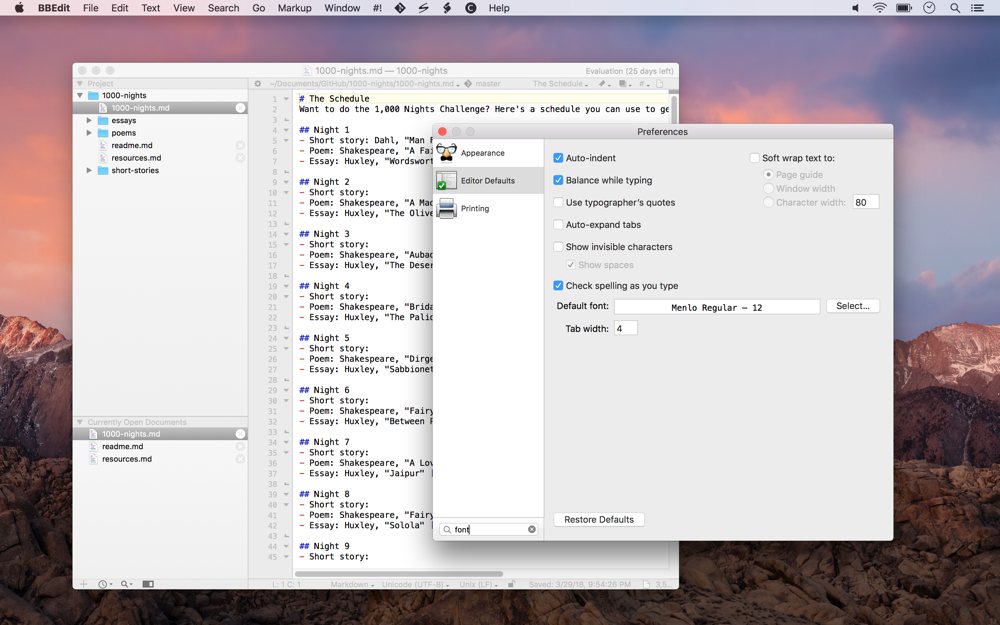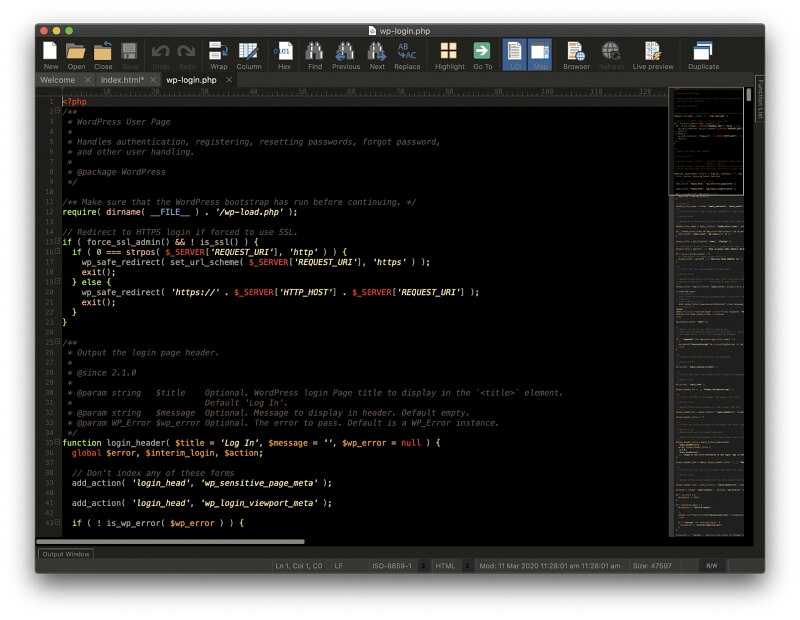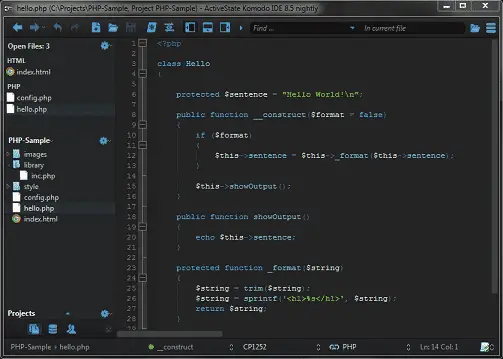


With generous storage options, including solid-state drives (SSD), the MacBook Pro offers fast and reliable data access. Fortunately, the MacBook Pro excels in this area, aligning with Apple’s commitment to top-of-the-line hardware. Storage is a crucial consideration for programmers, as it directly affects the ability to store and access project files, databases, and development environments. Whether you’re running complex IDEs, virtual machines, or working on large-scale projects, the MacBook Pro’s memory prowess will keep your programming endeavors on track. With ample RAM capacity, the device ensures smooth multitasking and efficient handling of resource-intensive software. A minimum of 8 GB is recommended, but more RAM can provide better performance for complex tasks. Having sufficient RAM is important for running programming tools and applications smoothly.

The MacBook Pro offers various memory configurations, starting from 8GB and maxing out at 96GB (the most recent models). While the question of whether the MacBook Pro is good for programming may be subjective, its impressive memory capabilities cannot be ignored. Apple’s commitment to high-performance hardware extends to the memory specifications of their devices. When it comes to memory (RAM), the MacBook Pro holds its ground as a reliable choice for programming. So, if performance is your sole concern, we wouldn’t hesitate to recommend a MacBook Pro.
BEST TEXT EDITOR FOR MACBOOK PRO PROGRAMMING MAC PORTABLE
Unless Apple changes its course, you can count on the MacBook Pro ranking near the top of the list of fastest portable computers on the market. Since its introduction, Intel has edged out the M1 Max in terms of performance, but at the cost of twice the power consumption. Perhaps we should come to expect this type of innovation from Apple, but they seem to have done the impossible.Īs of this writing, the M1 Max is the best processor available for MacBook Pros. The M1 processor, Apple’s first generation of in-house CPUs, has only increased performance while simultaneously reducing energy usage.

A tighter architecture integration with Apple’s iOS and iPad OS devicesĪlthough we anticipated a performance drop in favor of lower power consumption, Apple proved us wrong.More internal control over hardware with less reliance on third parties.Apple has continued the trend with the decision to shift from Intel processors to their own ARM-based chips called Apple Silicon (M1).ĪRM-based architecture has achieved three of Apple’s primary goals: Not only was Apple the first company to use Thunderbolt technology, but it was also the first to abandon optical drives and USB-A ports. Apple insists on using bleeding-edge technology, often favoring performance over the convenience of legacy support. MacBook Pros have always been some of the best-performing laptops on the market. Let’s look at different hardware considerations. Although it is subject in large part to opinion, we’ll do our best to give you the facts and let you decide for yourself.Īpple’s forte is designing sleek, top-of-the-line hardware, and the company’s best-performing portable device is the MacBook Pro. Is the device good? Of course, a MacBook Pro is an impressive display of engineering.īut can the MacBook Pro function as your primary laptop for programming? Is it the best option for programming? While the answer to the former question is a resounding yes – the MacBook Pro is great for programming – the latter query is more nuanced. Is MacBook Pro good for programming? While this question seems straightforward, its subjective nature renders a simple yes or no impossible. As an Amazon Associate, We earn a commission from qualifying purchases at no extra cost to you.


 0 kommentar(er)
0 kommentar(er)
